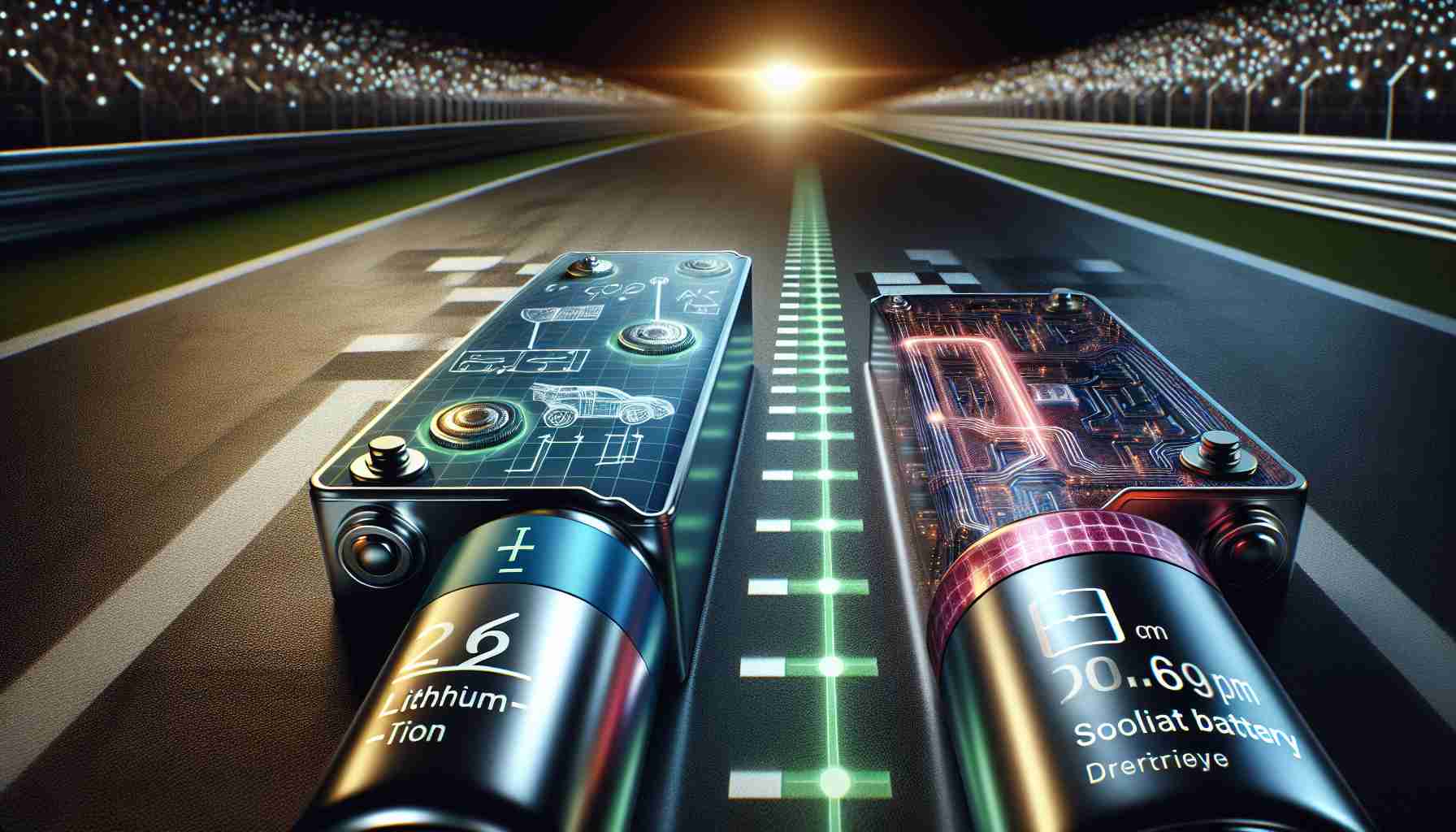With the growth of electric mobility, there is a question of which technology will dominate. While lithium-ion batteries have proven themselves in electric cars, solid-state batteries offer the potential for greater range, faster charging, and improved safety. Let’s examine both contenders and their strengths and weaknesses.
Lithium-ion batteries are widely used in the industry and benefit from well-established supply chains and infrastructure, making them a reliable choice. They are also currently more affordable compared to solid-state batteries. While their range may not be groundbreaking, they offer sufficient mileage for daily commuting and errands. It’s worth noting that advancements in this technology are still being made. Lucid Motors, for instance, demonstrates the potential for lightning-fast charging and exceptional efficiency with their proprietary architecture and design, enabling impressive ranges for their vehicles.
However, lithium-ion batteries do have limitations. Their energy density is lower than that of solid-state batteries, resulting in a shorter overall range. There is also a risk of thermal runaway due to the flammable liquid electrolyte. Moreover, lithium-ion batteries degrade over time, requiring more frequent replacements, and their charging speed still has room for improvement.
On the other hand, solid-state batteries present a promising alternative. They have the potential to double or even triple the range of electric vehicles, eliminating range anxiety. The non-flammable solid electrolyte also enhances safety. Furthermore, solid-state batteries have a longer lifespan and require fewer replacements over an EV’s lifetime. The most exciting feature is their potential for fast refueling, with the possibility of charging an electric vehicle in just 10-15 minutes.
Partnerships like the one between QuantumScape and Volkswagen show progress in the development of solid-state batteries. They are establishing pilot lines to test real-world performance and demonstrate exceptional endurance. However, solid-state batteries are still in the early stages of development and not yet commercially available on a large scale. Their complex manufacturing processes result in higher costs compared to lithium-ion batteries, and more data is needed to understand their performance and reliability. Efficient recycling methods for solid-state batteries are also still being developed.
While a complete transition from lithium-ion to solid-state batteries may not happen in the immediate future, a hybrid approach that combines the strengths of both technologies could be viable. Gradual adoption in niche markets may also occur as costs decrease. Continued research and development are crucial for overcoming manufacturing challenges and developing efficient recycling methods.
It’s important to approach recent headlines about Nio’s “solid-state” battery with caution. While their achievements are noteworthy, their current technology is not a true solid-state battery. Real-world performance, efficiency, and mass production still need to be tested before declaring it a game-changer.
In conclusion, the competition between lithium-ion and solid-state batteries is not about sole dominance but rather a collaborative journey towards a more sustainable and electrified future. Both technologies have their strengths and limitations, and innovation, cost reductions, and infrastructure development will pave the way for a brighter future in electric mobility.
Additional Resources:
– Lucid Motors: Visit Lucid Motors’ website, a leading electric vehicle manufacturer, for more information on their technology and models.
– QuantumScape: Explore QuantumScape’s website, a solid-state battery company, to learn more about their advancements in the field.
The source of the article is from the blog jomfruland.net
